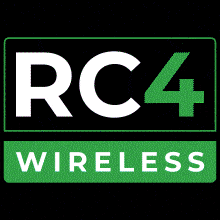A balanced line is a type of electrical interconnect in which there are two signal conductors that have an equal impedance to ground. It is this equal-impedance characteristic, coupled with a differential (or transformer isolated) input stage that reduces or eliminates noise. Examples of balanced interconnects include XLR connectors and TRS (tip-ring-sleeve) 1/4" connectors.
Contrary to popular belief, while some systems send an inverted signal down the negative (cold) signal conductor, this is not necessary for a balanced line to function properly. All that is required is that both lines have the same impedance to ground on both ends of the line.
See these two articles for a full explanation:
http://www.jensentransformers.com/an/an002.pdf
http://www.jensentransformers.com/an/an003.pdf
Both articles come from Bill Whitlock at Jensen Transformers, and are accessible here:
http://www.jensentransformers.com/apps_wp.html
Contrary to popular belief, while some systems send an inverted signal down the negative (cold) signal conductor, this is not necessary for a balanced line to function properly. All that is required is that both lines have the same impedance to ground on both ends of the line.
See these two articles for a full explanation:
http://www.jensentransformers.com/an/an002.pdf
http://www.jensentransformers.com/an/an003.pdf
Both articles come from Bill Whitlock at Jensen Transformers, and are accessible here:
http://www.jensentransformers.com/apps_wp.html
This page has been seen 1,647 times.
-
-
Created by on
-







